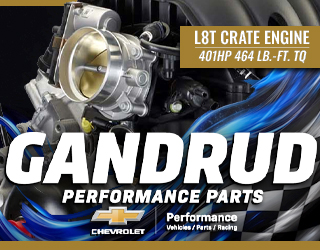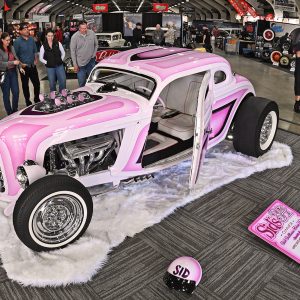Manufacturers

Hardcore rodders have a history of searching for vintage tin, even though the number of old cars (and trucks) sitting behind barn doors, in fields, under tarps and alongside garages has dwindled as interest has increased. This steady decline of available vintage steel is the very reason why so many businesses presently produce fiberglass and steel reproduction bodies and body parts.
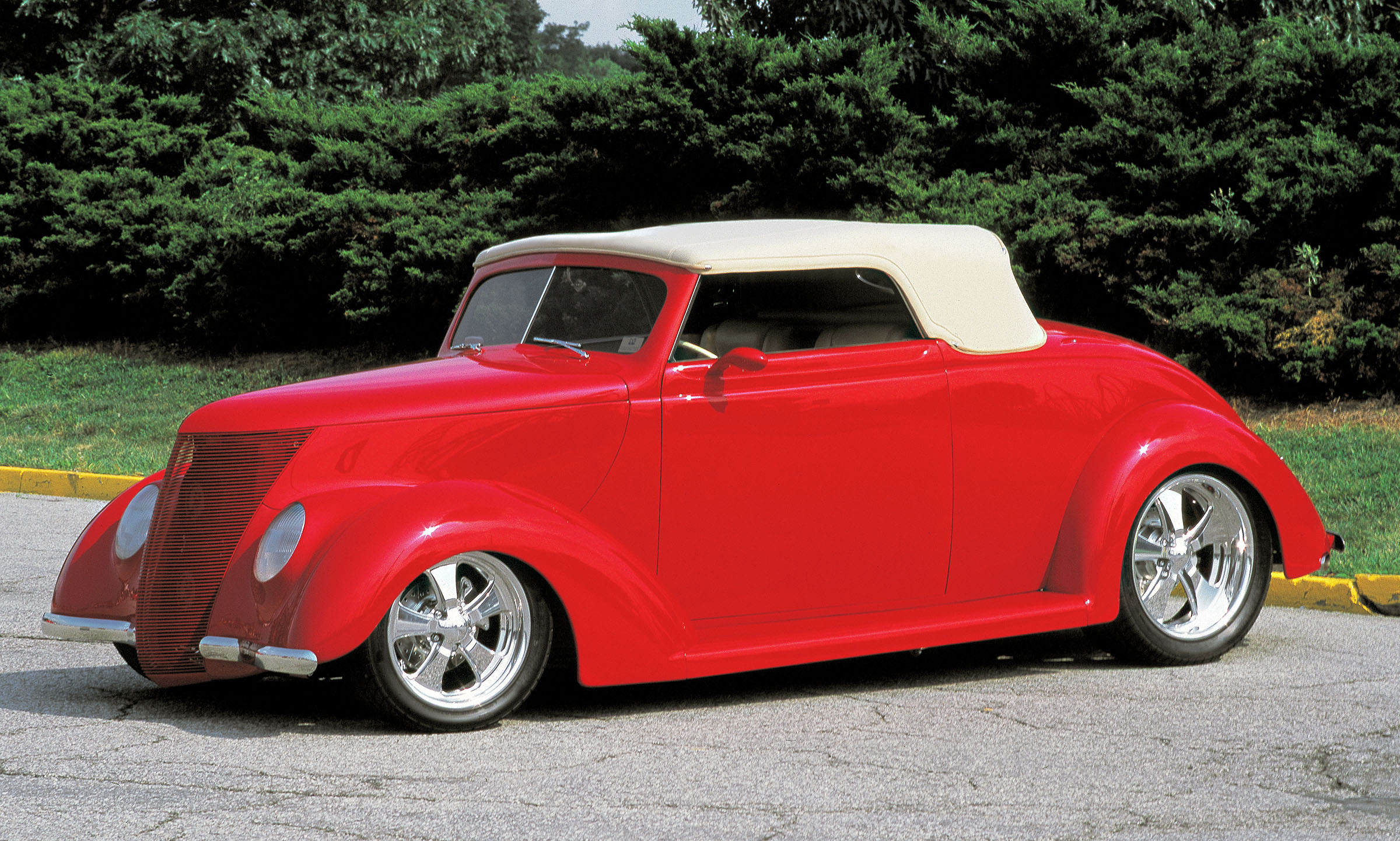
Cabriolets have become popular over the past few years, and the ’37 is an enthusiast favorite. They have become so popular that numerous reproductions have been made. Because of the original’s low production figures—only 10,184 were built—most, but not all, of the ’37 cabriolets attending rod events are fiberglass. The problem with the originals is that for years they were only marginally desirable and many were junked. The ones that weren’t were parked outside where the weather had taken its toll. When the tops rotted, the cabriolets would begin to rust from the inside out. That means that finding a nice, solid, rust-free cabriolet can be difficult.

The Hypertech Max Energy Spectrum flash programmer is a device designed for the performance-minded individual looking to extract the most from their car or truck. This advanced programmer allows for full control of the vehicle’s ECM, enabling the user to adjust a wide range of parameters that influence the vehicle’s performance.
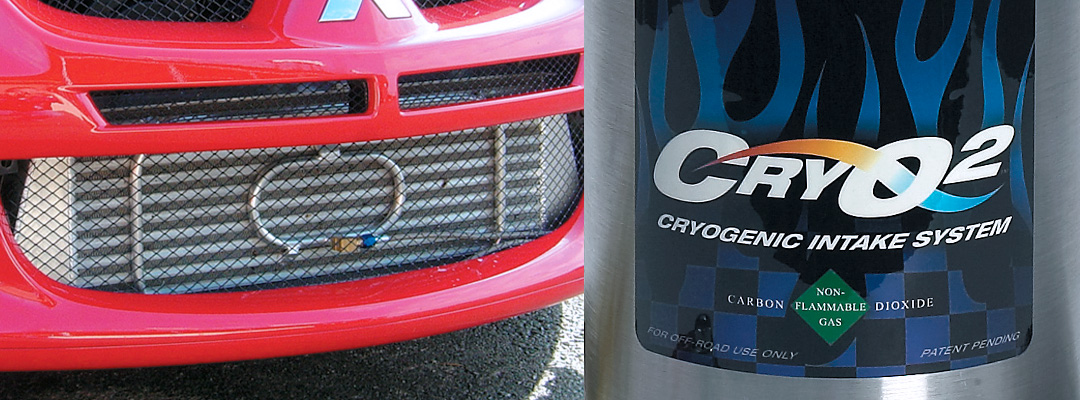
Adding a nitrous spray bar to an intercooler is a proven way to lower the intake air temps and consequently give a more dense charge to the combustion chamber for more horsepower. We’ve been seeing more and more intercooler spray bars popping up on both performance and show-n-go cars.
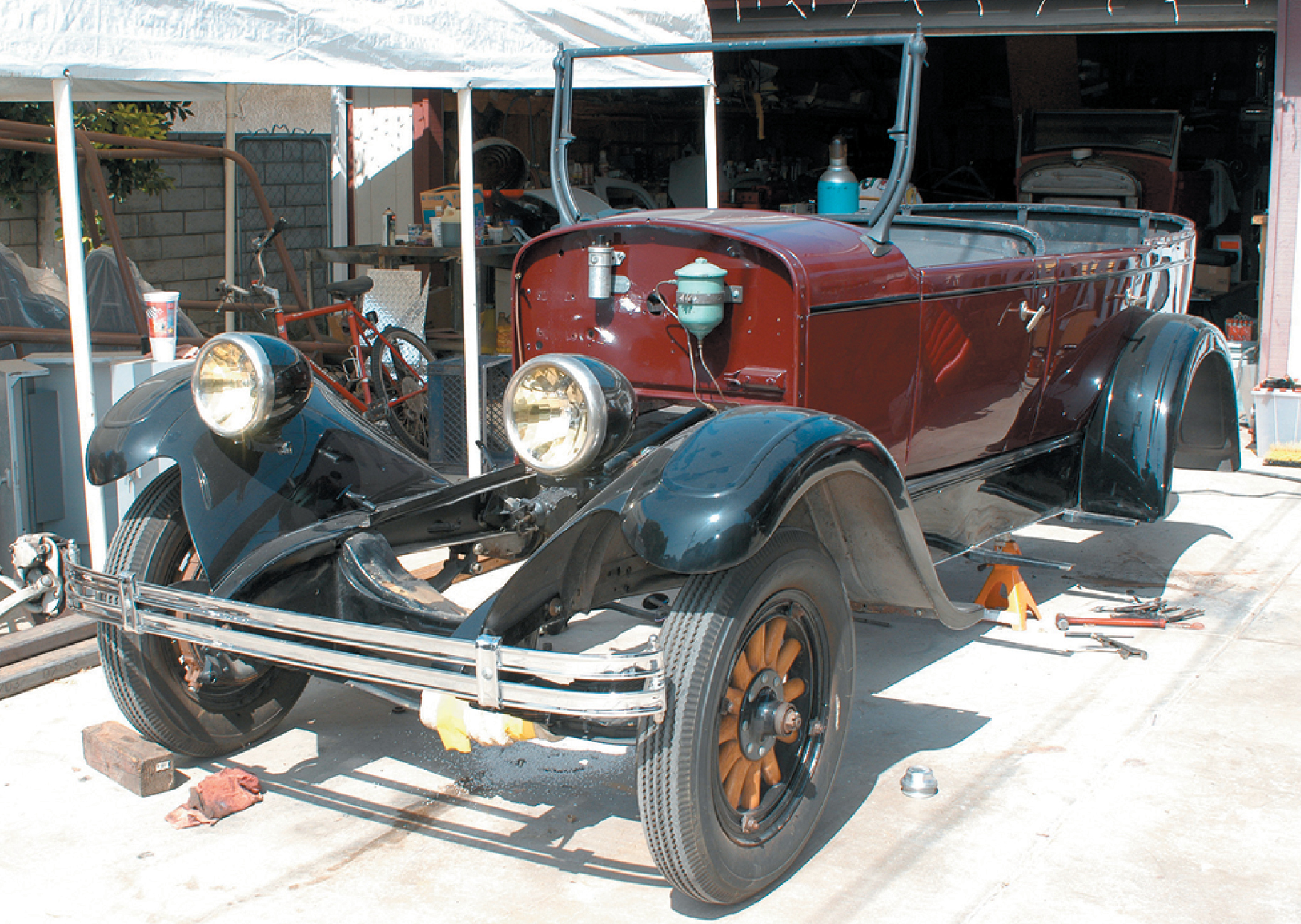
Tom Lawson was attending the Goodguys West Coast Nationals with his family and friends when a friend of his father-in-law, Bill, also a street rodder, walked up and started talking to everyone in the group.
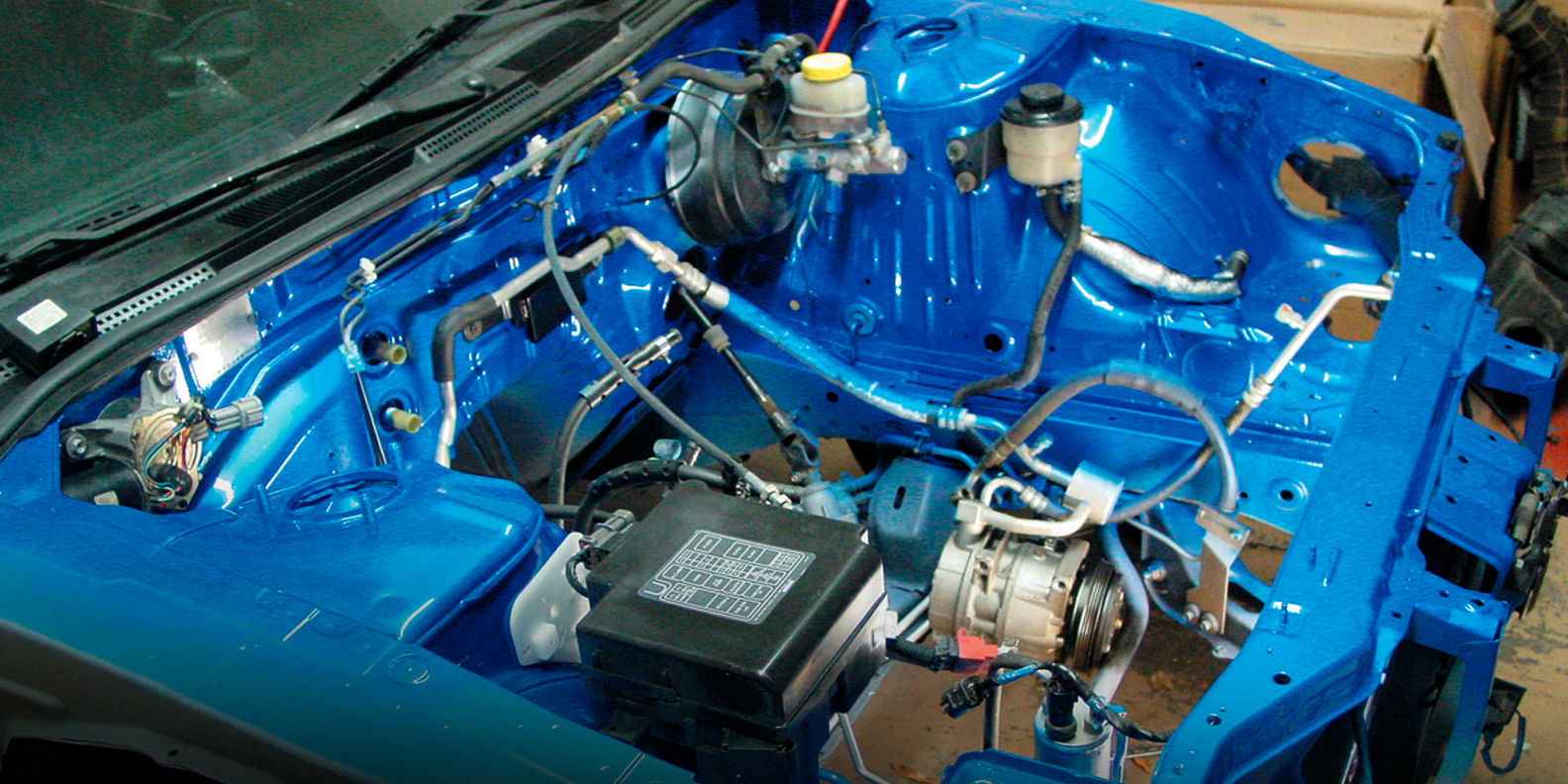
We learned that Underground Motorsports in Little Rock, Arkansas, was going to build one fast daily driver, so we thought we’d take a peek and drop some knowledge for you. We were looking for any tech procedures that may illustrate for readers how a car of this sort is built from scratch.
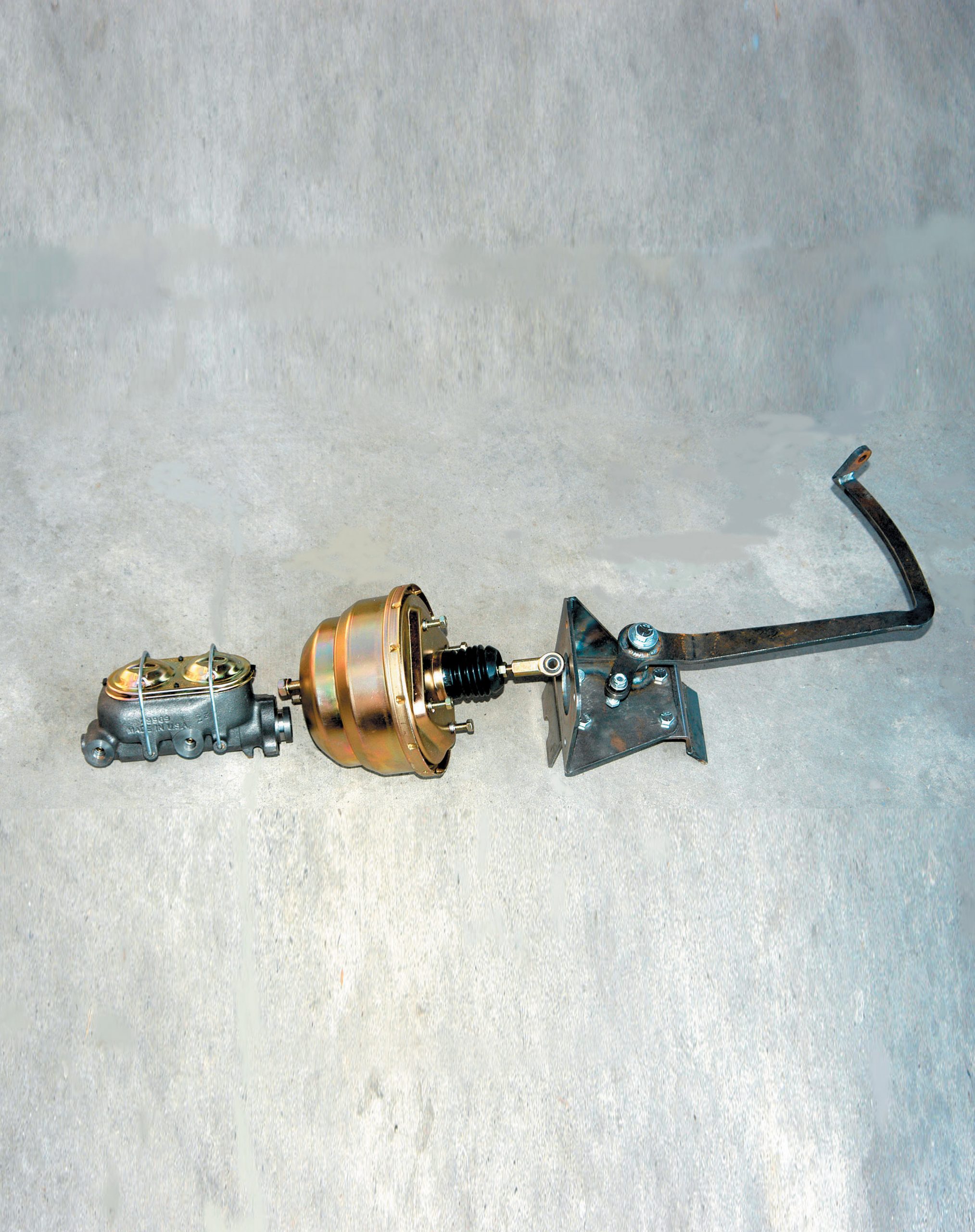
If you own a Ford or Chevy, most of the parts you will need to build a street rod are readily available, and from a variety of suppliers. We have written numerous stories about kits for these cars in our family of rodding magazines, and some of them were a direct replacement for the original. By and large, they worked perfectly and bolted right in, as designed. These types of kits are convenient for many street rod builders, as well as street rod shops, and they are part of what has helped grow our hobby into such a broad special-interest group. But in addition to the “normal” and most popular rods, there were many other great cars made in the pre-war era, and some of them can be a real challenge to street rodders because there are no pre-manufactured parts, and no kits that make them easy to build. Sounds like the old days, right? Well, that’s the modern world for you–even our hobbies have become targets of convenience.
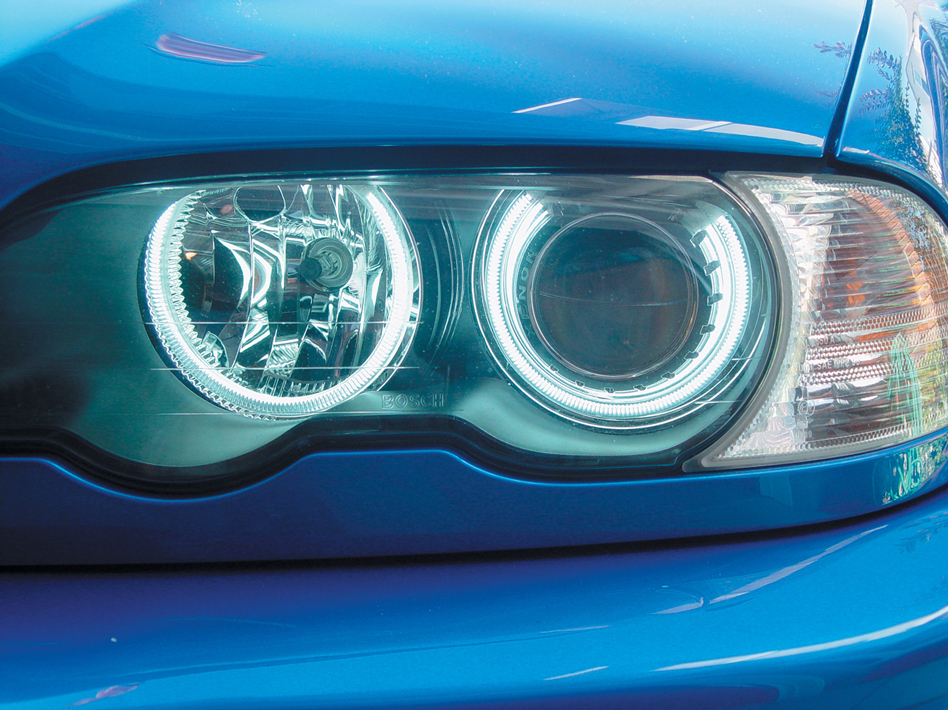
The new E46 BMW M3 comes equipped with some serious OE HID headlights, but what if you’re still not happy? You want something different; you want to add some spice to your headlight setup. Well, this story is just for you.
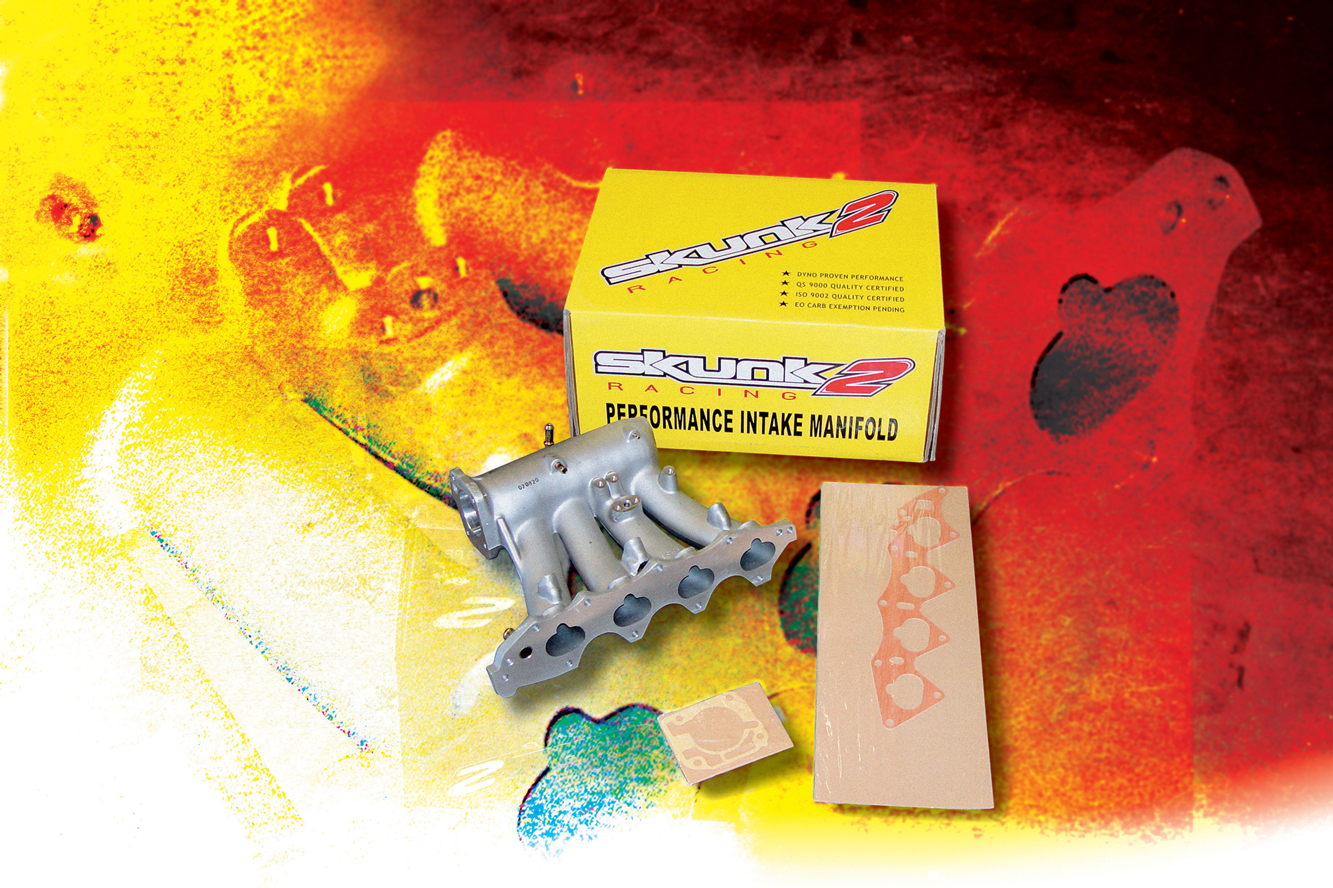
When a B16A-equipped CRX EF came into the Rage Performance shop for a Skunk2 intake manifold install, the crew dove into the job with a fury. With cameras at hand to document the swap (’88-’91 CRX) for your personal pleasure, the job took no time at all and the owner of this Honda is deliriously happy with the results.
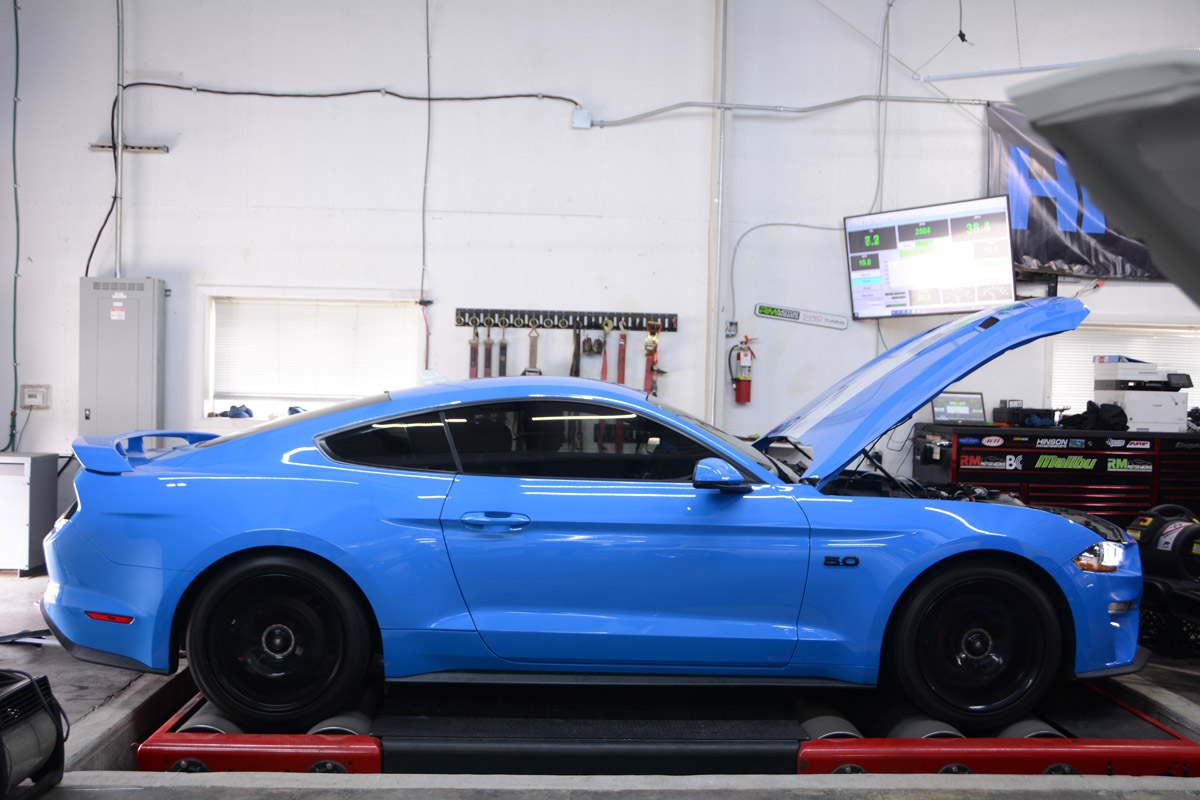
Advanced Fuel Dynamics has developed kits for many makes and models, and our focus today is installing a PROFLEX DX Adaptive Flex Fuel System on a 2022 Ford Mustang GT Premium.




